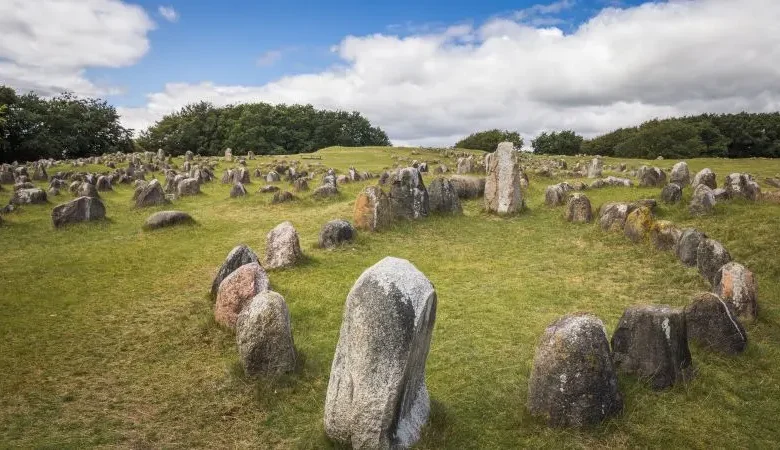Missing skulls in Sweden raises questions

A recent excavation of Early Neolithic skeletons in a Swedish tomb has left researchers puzzled. The gravesites, located in Tiarp near Falköping, were found to be missing skulls, sparking theories about their disappearance.
The University of Gothenburg in Sweden and Kiel University in Germany collaborated to study the stone burial chamber, dating back too around 3500 BCE. Despite cataloging remains from at least 12 individuals, the missing skulls and large bones has raised eyebrows.

Archaeologist Karl-Göran Sjögren expressed confusion over the missing body parts, suggesting various possibilities such as theft, ritualistic practices, or beheadings.
“Skulls and large bones are missing and may have been removed from the grave. We don’t know whether that has to do with burial rituals or what’s behind it.” Karl-Göran Sjögren expressed.
The unusual discovery differs from typical Neolithic burial sites, where smaller bones from feet and hands are more commonly absent. In addition to human remains, bones from rodents, frogs, pigs, and sheep or goats were also uncovered at the site. This mix of creatures raises questions about the purpose and timeline of the burial site.

Further DNA analysis is underway to determine familial relationships among the buried individuals and shed light on the peculiar findings. The well-preserved DNA in the bones offers hope for reconstructing the community dynamics within the grave.
The research, featured in the Journal of Neolithic Archaeology, has opened up avenues for further exploration and understanding of this unique burial site in Sweden.










